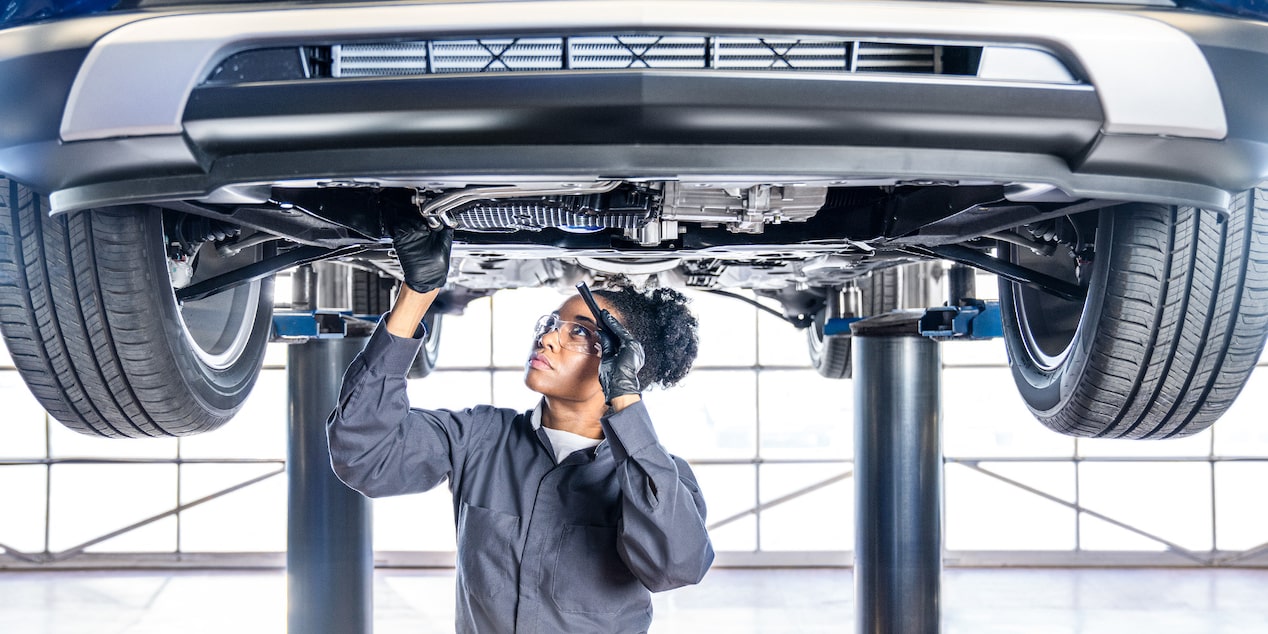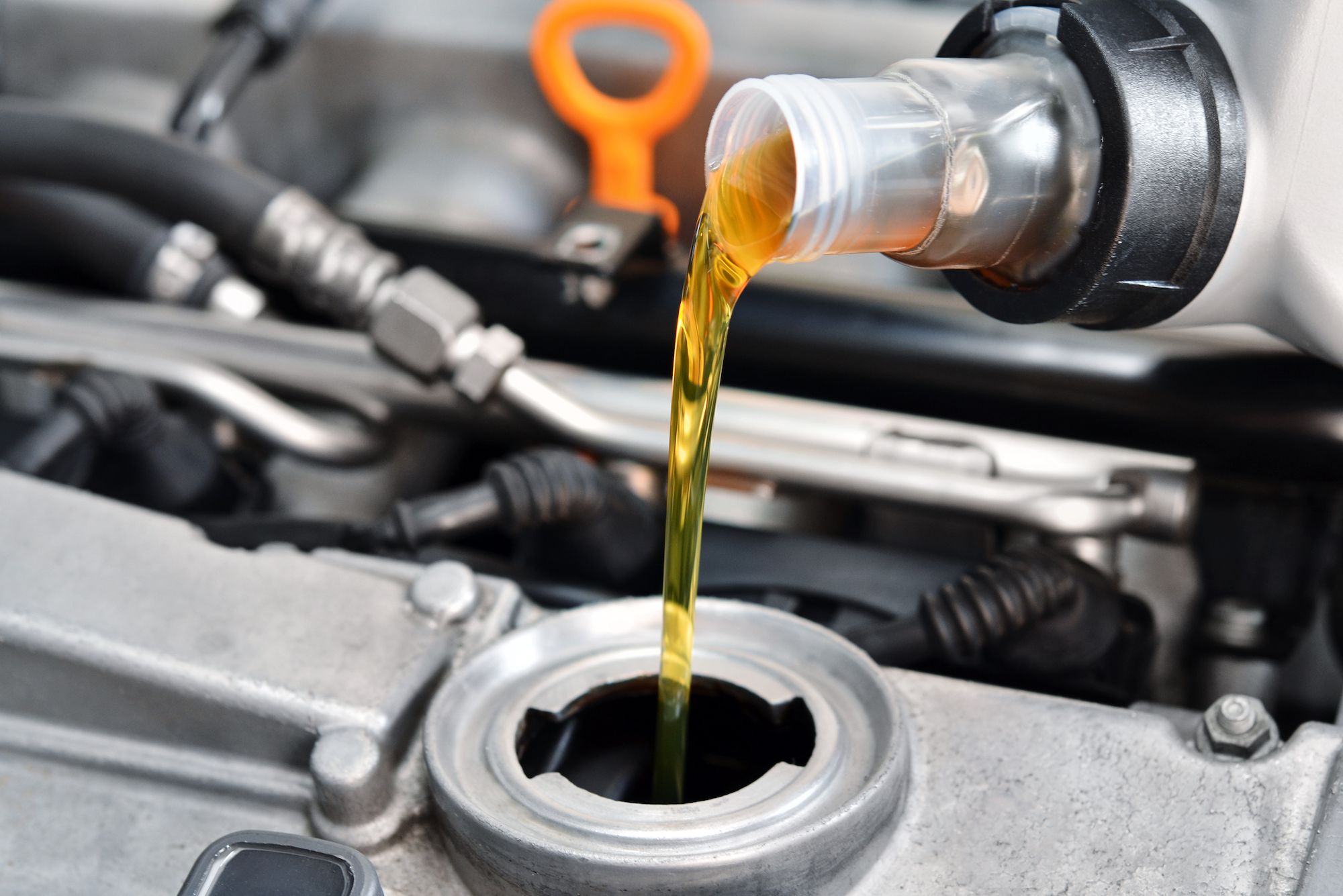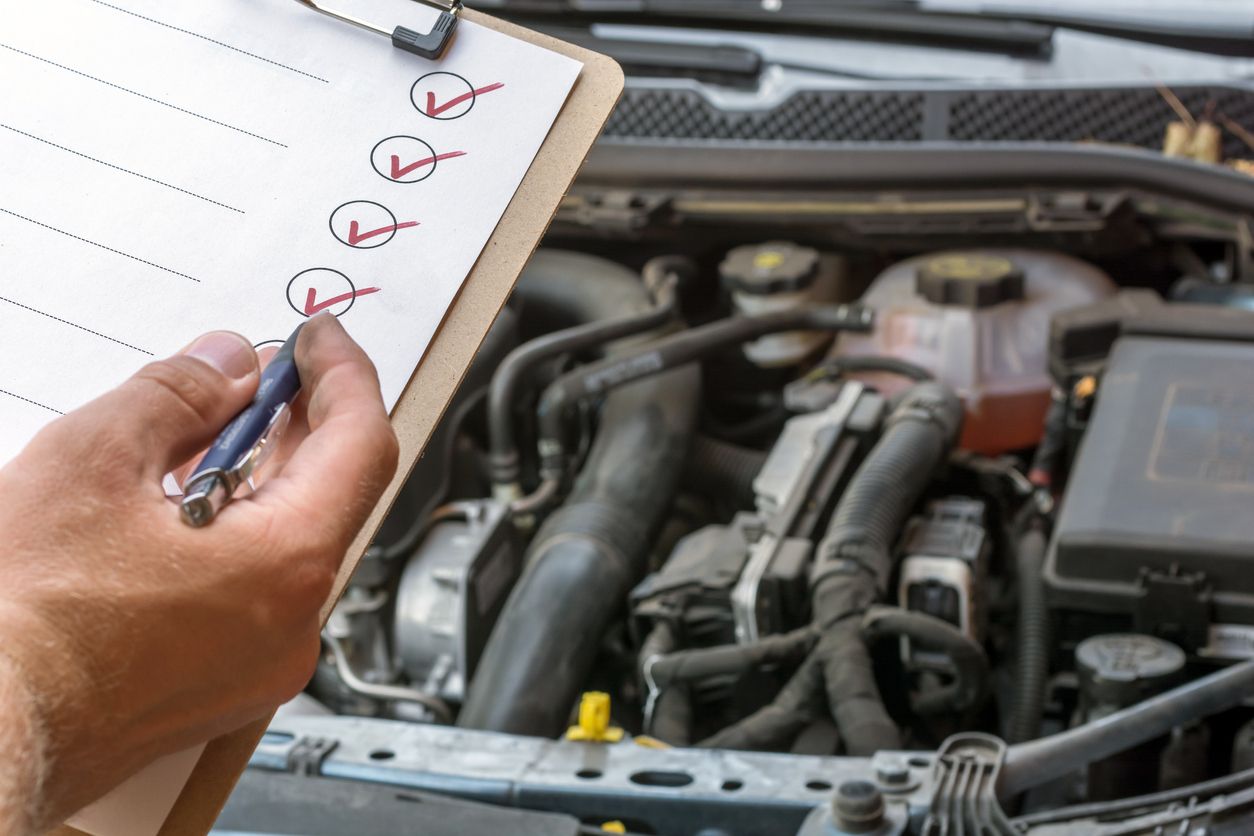All Categories
Featured

The check engine light (CEL) is among the most critical caution systems in your auto, yet it frequently creates confusion or fret for numerous drivers. Understanding what this light stands for and just how to manage it can save you time, cash, and unneeded stress and anxiety. This guide gives a review of what triggers the CEL, its possible implications, and the steps you ought to take when it brighten.
What Does the Examine Engine Light Indicate? The CEL becomes part of your car's onboard diagnostics system (OBD), which keeps an eye on engine efficiency and exhausts. When the system discovers a problem that requires your interest., it brightens.
Solid Light: Signals a non-urgent issue however one that must be attended to soon, such as a sensing unit malfunction or emissions-related problem. Blinking Light: Suggests an important issue like an engine misfire. Driving in this problem can create extreme damage, so instant activity is required. Usual Reasons of the Check Engine Light. The CEL can light up for a variety of reasons, some minor and others much more serious. Below are several of the most frequent reasons:

Loose or Damaged Gas Cap:
A loose gas cap can jeopardize the fuel system, setting off the CEL. Checking and tightening the cap is a simple very first step when the light begins. Faulty Oxygen Sensor:
This sensing unit keeps track of the air-to-fuel ratio in your engine. A malfunction can decrease fuel effectiveness and increase exhausts. Malfunctioning Catalytic Converter:
The catalytic converter helps lower unsafe exhaust discharges. Ignoring other engine issues, like misfires, can result in catalytic converter damages. Ignition System or Ignition Coil Concerns:
These elements are vital for beginning and running your engine smoothly. Normal maintenance can stop wear and failing. Mass Air Movement Sensing Unit Troubles:
This sensor determines the amount of air going into the engine to ensure optimum efficiency. A dirty or faulty sensor can minimize performance and power. Steps to Take When the Examine Engine Light Comes On. Inspect the Gas Cap:
If the light turns off after driving a few miles,See and tighten up the cap. Observe the Lorry's Habits:
Keep in mind any kind of unusual symptoms like rough idling, decreased power, or unusual sounds. Check the Codes:
Utilize an OBD-II scanner to retrieve problem codes saved in your vehicle's computer. Lots of auto parts stores offer this service for cost-free. Check Out an Auto Mechanic:

If the light continues to be on or is blinking, take your vehicle to an expert for an in-depth diagnosis. Preventing Examine Engine Light Issues. Positive maintenance is the best means to avoid CEL problems. Follow these pointers:
Stay With a Normal Maintenance Set Up: Adjustment your oil, change filters, and check ignition system in a timely manner. Evaluate the Gas Cap: Change harmed caps to avoid leakages in the gas system. Usage Quality Fuel: Poor-quality gasoline can add to sensor and discharges issues. Why Prompt Activity Matters. Ignoring the CEL can cause more severe problems, such as engine damage or pricey repairs. If overlooked., a small concern like a loose gas cap can snowball right into a significant expense.
Verdict. The check engine light is a vital tool for keeping your car's wellness. By recognizing its function and reacting quickly, you can prevent unnecessary repair work and maintain your auto running smoothly. The following time the CEL begins, remember to stay tranquil, examine the fundamentals, and speak with a professional if required.
Latest Posts
Discover WyHy Federal Credit Union – Exclusive Benefits for Your Financial Success
Published en
1 min read
Why Routine Vehicle Maintenance at Montclare Auto Repair Keeps Your Wallet Happy
Published en
1 min read
Seamless Aluminum Rain Gutters: The Smart Selection for Your Home
Published en
1 min read
More
Latest Posts
Discover WyHy Federal Credit Union – Exclusive Benefits for Your Financial Success
Published May 28, 25
1 min read
Why Routine Vehicle Maintenance at Montclare Auto Repair Keeps Your Wallet Happy
Published May 26, 25
1 min read
Seamless Aluminum Rain Gutters: The Smart Selection for Your Home
Published May 24, 25
1 min read